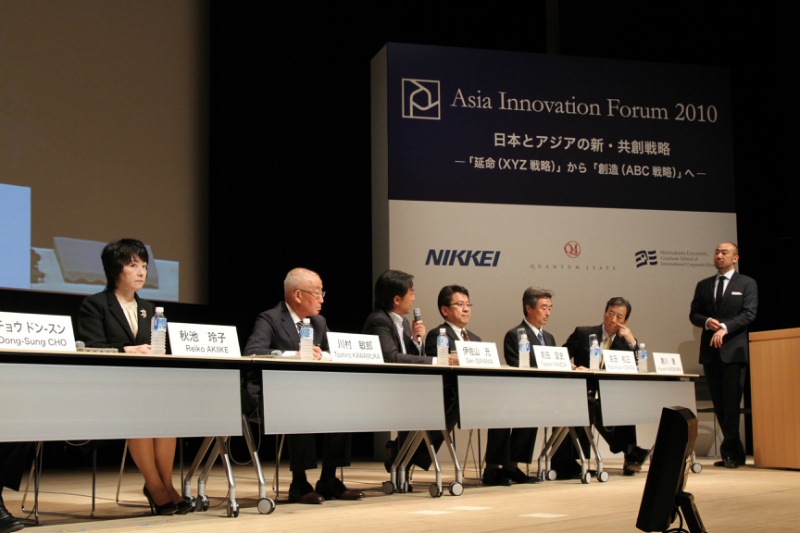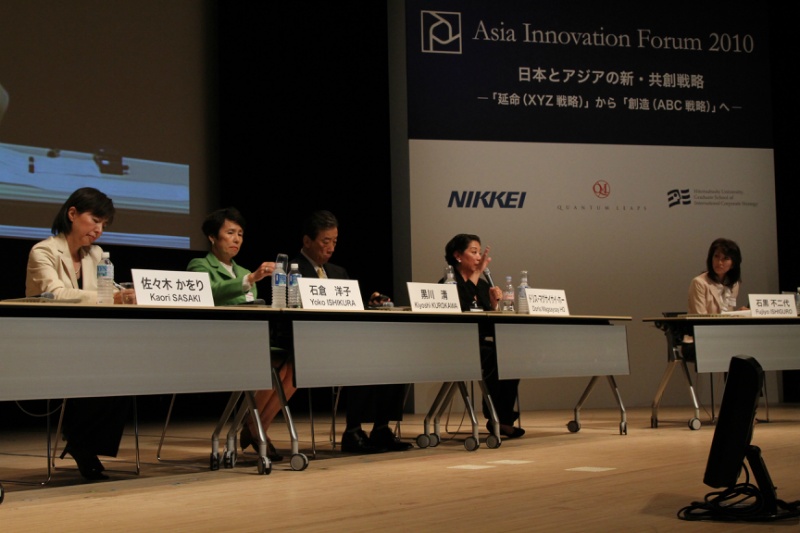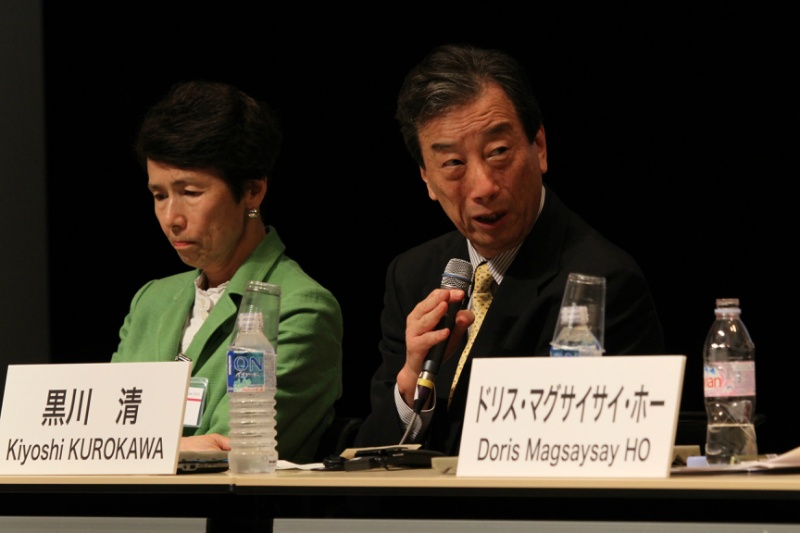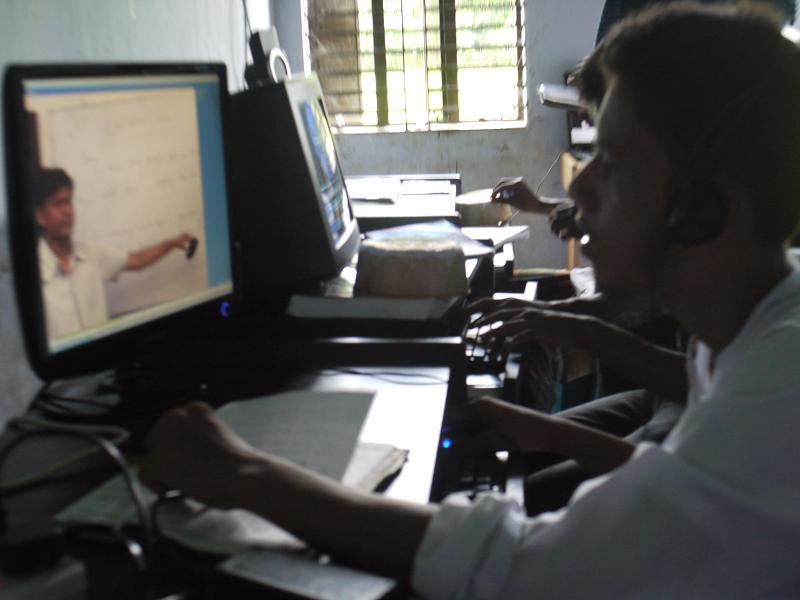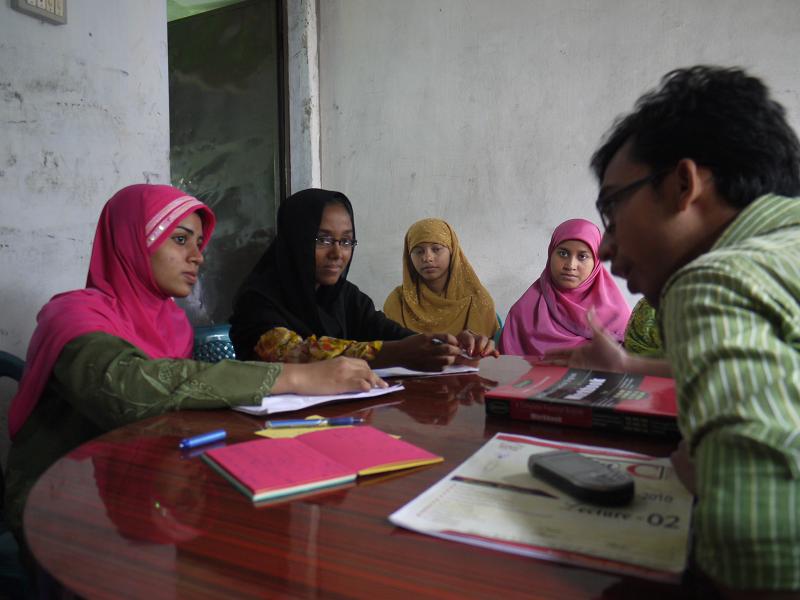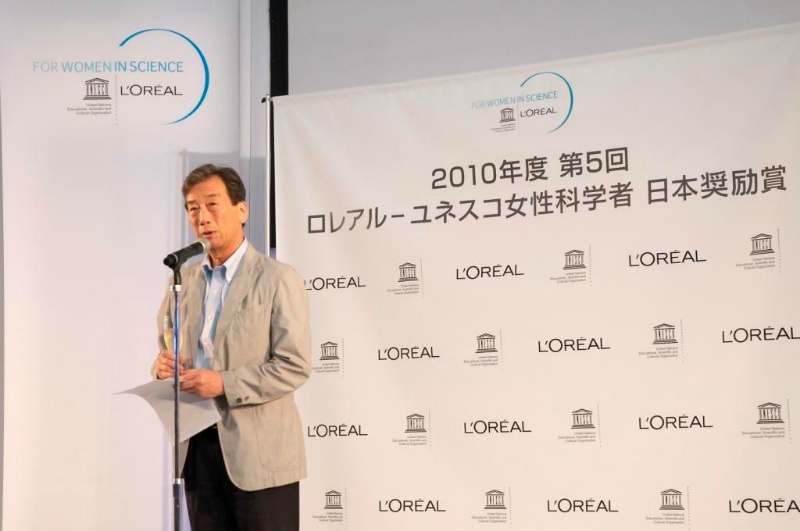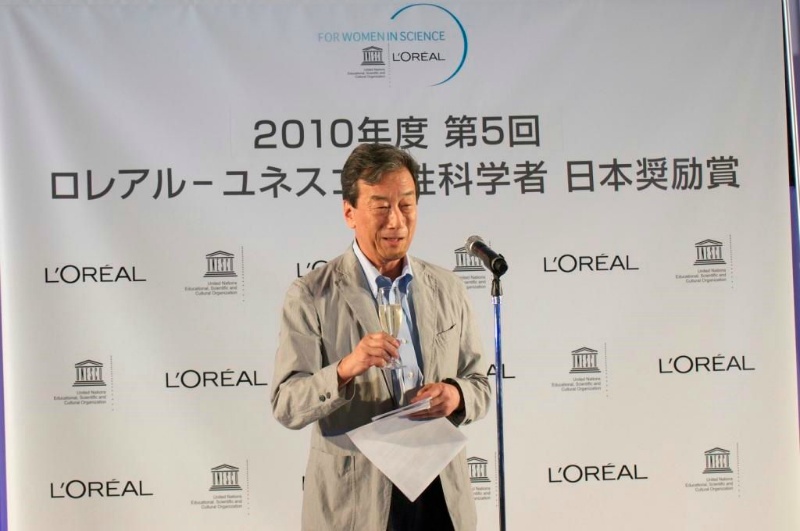On September 28th and 29th, Asia Innovation Forum, as you have read in my website last year, was held again. It is its fourth year and several small ‘satellites’ were set up. The sizes of the rooms were smaller, in fact that contributed to making the discussions to be more engaging and participatory, and people seemed to like them.
I joined in the last two panels on the 2nd day (in Japanese). Panelists in the first panel (in Japanese), besides myself, were Dr. Ishikura and Ms. Ishiguro whom I worked with a week ago at the ‘Marunouchi Career Juku’, as I have reported recently, and with Ms. Kaori Sasaki and Ms. Magsaysay Chou, a business leader from the Philippines. Here, I was again the only male panelist as was the case at the ‘Juku’ last week. However, this time, the audience consisted mostly of middle aged or senior men and I somehow could feel the difference clearly from a week ago as I participated in the discussions.
The latter panel was hosted by the same host as last year, Mr. Kusunoki, welcoming Mr. Idei (former CEO of Sony) of Quantum Leap, the organizer of this Forum. I stayed rather quiet this year. Many views were presented to answer the question ‘One Thing That Would Bring Changes to Japan’, and many panelist pointed more than one Thing; but I had nothing else to say besides ‘Recommendation to Take Leave of Absence from School’, that would give youths broader choices for their future career. Traditional system of Japan Inc failed to change for more than 20 years even after the burst of bubble economy in 1990, because of the strong opposing power of the establishments. Whatever things that are said have been said many times in the past, but nothing changed as of today. I sincerely wish to give hope to youths who have long future ahead of them. To my regret we have seen hardly any changes during these 10 to 20 years, regardless of many policy recommendations made in terms of legislation or budgets. What matters is ‘execution of plans’! I think this problem has become basically ‘a battle between generations’, ie, ‘the past vs the future’ generations.
We may need to think differently when we plan our next Forum. Since Mr. Idei is a wonderful leader in the business sector, together with him, let us craft plans with even stronger impacts for the next year.
On October 2nd, I joined in the ‘Global Agenda Seminar’ (in Japanese) (Ref.1), hosted by Dr. Yoko Ishikura. Our guest was Dr. Kano, who now works at the World Bank in Washington DC – such youth like him working in global arena has power to easily connect with the hearts of young people who join this very interesting Seminar.
After the Seminar, I headed for Kyoto in the afternoon of October 2nd to participate in the STS Forum. This Forum gathers so many leaders from all parts of the world, so I enjoy seeing many friends as well as their interesting panels.
Reports will be uploaded on the web sites of each event, so please keep eyes on them.
My schedule is quite tight, I have to admit, but on the other hand I am also concerned about how slow Japan is in its changing. I think the Democrat Party administration has to face numerous difficulties lying ahead of them. They are not yet experienced enough in handling the process of politics and legislative processes. Will it take another 1 to 2 years for them to work effectively? Also, it is not good that each minister comment on recent China- Japan problems separately and not consistently as one Cabinet. Diplomacy must have a good, stable leadership in the government. Even if the ministers think they are speaking to Japanese only, their comments will quickly be translated and be sent out to the people of the world, in particular, to the governments of nations which are interested in Japan affairs. Current style of press coverage of these Ministers will serve only to give impression that Japanese government has no governance.
I have once written about the effect of ‘Armchair Quarterback (Okame Hachimoku)’ (in Japanese) in my web site, and in that sense, the mail magazines (in Japanese) and twitter (in Japanese) by Mr. So Bunshu are very thought provocative. Mr. So has deep knowledge about the way people think and feel both in China and Japan, reflecting his own background and real experiences in both countries.
